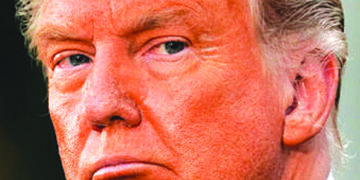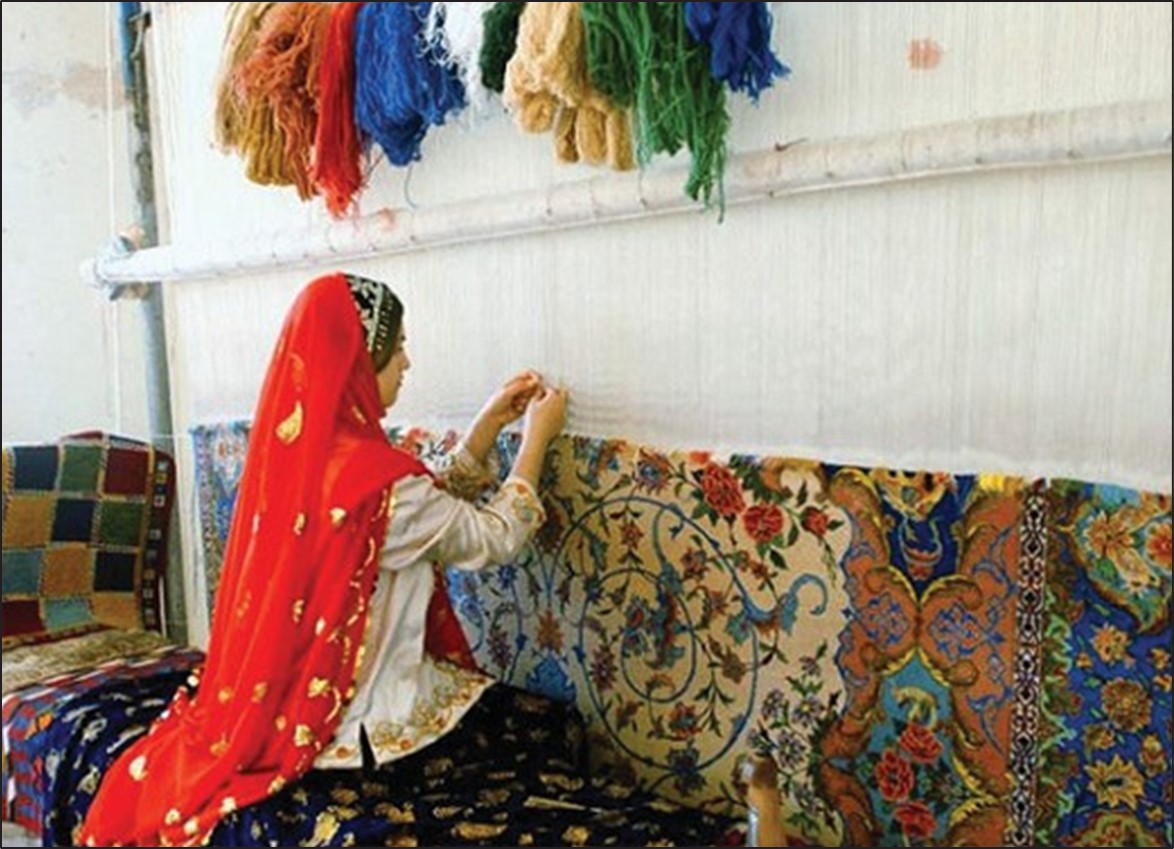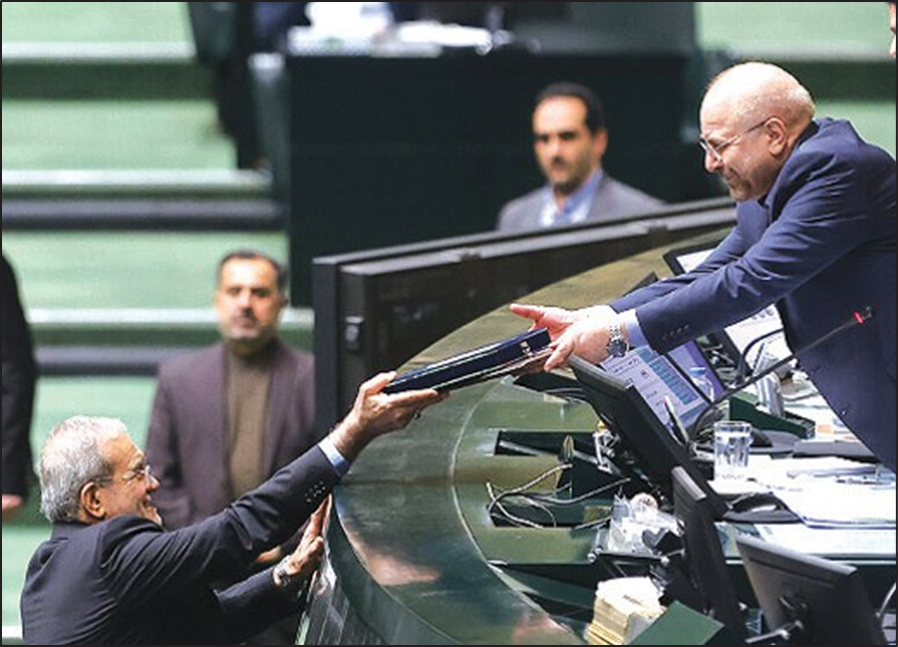investment to fulfill its oil and gas plans over the next five years, a sum that would appear impossible to reach given foreign investment of less than $4 billion annually in recent years.
A few months ago, the Oil Ministry outlined an investment plan for the current five-year plan that would total a little over $1 trillion. While investment figures have traditionally been tossed about with gay abandon and little consistency, the figures outlined a few months back by then Oil Minister Masud Mir-Kazemi have been repeated with remarkable consistency ever since.
Those plans called for $150 billion a year to be invested in upstream oil and gas work, i.e., exploration and pumping oil and gas out of the ground, and $20 billion annually in each of refining/distribution, petrochemicals and natural gas.
What has been lacking has been any discussion of where that capital would come from. On Monday, Behruz Alishiri, head of the Organization for Investment, Economic and Technical Assistance, addressed that question.
He said that $40 billion a year would come—at most—from oil revenues. Another $80 billion would come from “local sources,” investors within Iran including the banking system, and another $80 billion annually from foreign investors. That left $10 billion unaddressed.
Alishiri did not give any numbers for the past sources of investment funds for the oil and gas industry. But all of his projections looked quite challenging. The $80 billion in foreign investment would appear impossible to achieve so long as sanctions remain in place halting European and American investment in Iran’s oil and gas industry.
According to annual tabulations from the United Nations Conference on Trade and Development (UNCTAD), the largest volume of foreign investment Iran has received in recent years was $3.7 billion in 2002. That is a far way from the $80 a year envisioned by Alishiri. And that $3.7 billion was the total foreign investment in Iran, not just investments in oil and gas.
















